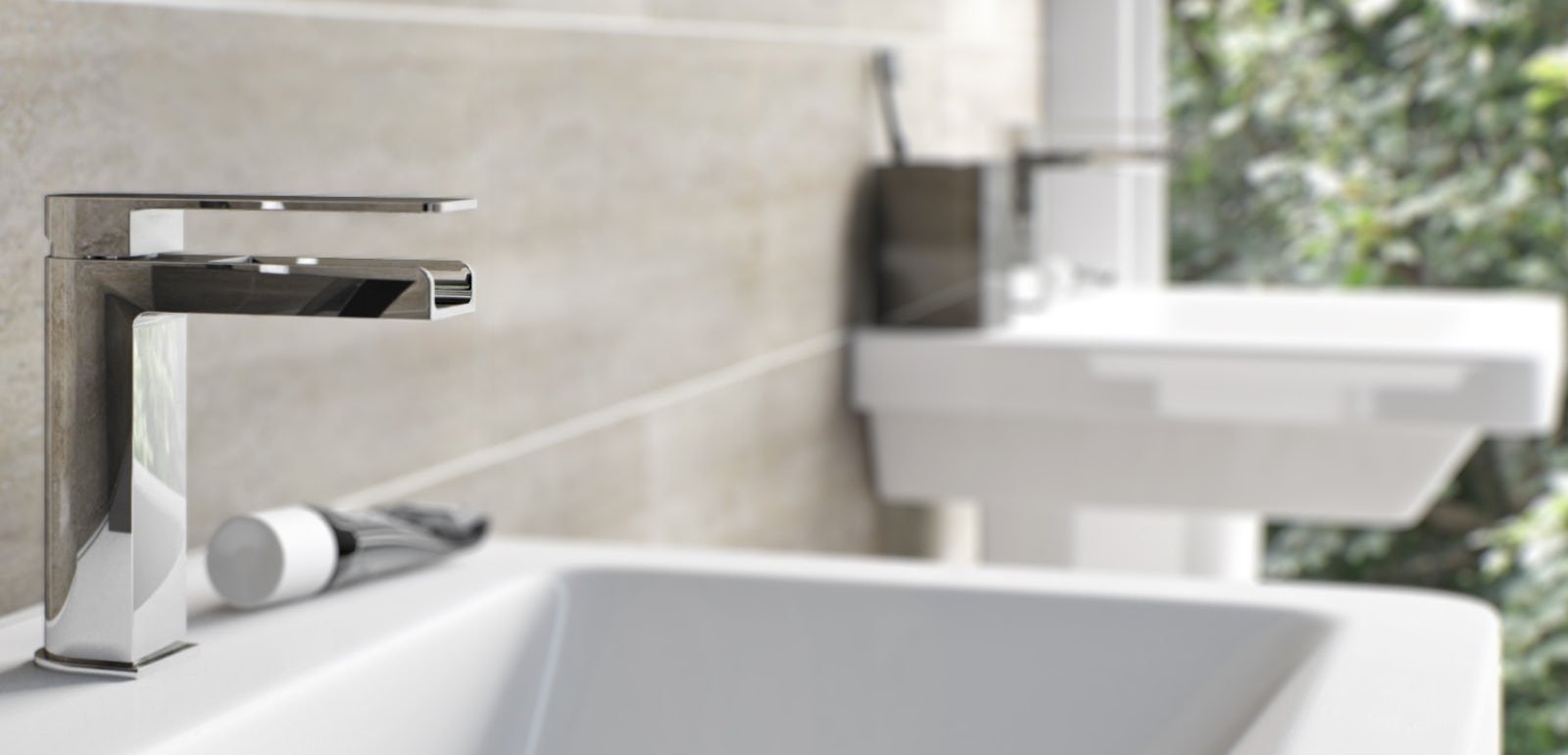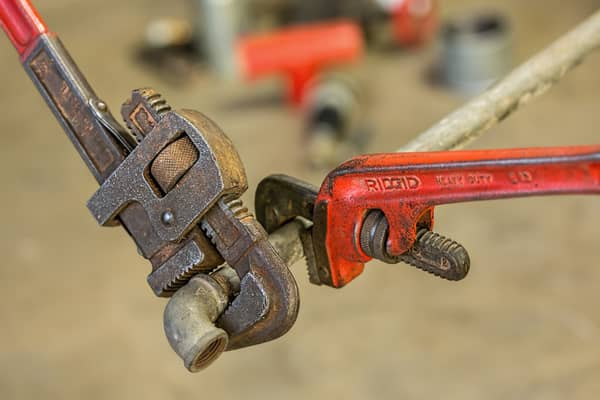Comprehending the Essentials of Home Plumbing: A Beginner's Handbook
Comprehending the Essentials of Home Plumbing: A Beginner's Handbook
Blog Article
Right here further down you can discover some wonderful answers in relation to What to Know About Plumbing: Basics, Tips, and Insights.

Plumbing is an important element of any home, responsible for providing tidy water for alcohol consumption, cooking, and bathing, along with getting rid of wastewater securely. Comprehending the basics of home plumbing is essential for every single home owner to make sure appropriate upkeep, troubleshooting, and, if needed, repair work. In this novice's overview, we'll cover the fundamental principles of home plumbing to help you end up being much more aware of exactly how it functions.
Water System
The water system system brings clean water into your home from a metropolitan water source or a personal well. It consists of a main water line that links to your home's plumbing system, normally located underground. A water meter measures the quantity of water taken in, while a shut-off shutoff enables you to control the flow of water right into your home.
Plumbing Components
Plumbing components are gadgets that supply water to various parts of your home and include sinks, taps, toilets, showers, bath tubs, and appliances such as dishwashers and cleaning equipments. Each component is attached to the water system by means of pipes and fittings and might have its shut-off valve for upkeep or emergencies.
Water Heater
The water heating system is accountable for home heating water for domestic usage, consisting of bathing, food preparation, and cleansing. Common sorts of water heaters consist of tank-type water heaters, tankless (on-demand) water heaters, and heatpump hot water heater. The water heater is linked to the supply of water system and delivers hot water to plumbing components as needed.
Drainage System
The drain system eliminates wastewater from your home and carries it away to a sewage therapy center or septic tank. It consists of a network of pipes, installations, and components that transport wastewater from plumbing fixtures to the primary drain line or septic system. Proper drainage is vital to stop blockages, back-ups, and sewer leakages.
Air flow System
The ventilation system aids preserve proper atmospheric pressure and stop drain gases from entering your home. Vent pipes, also called vent heaps, expand from plumbing components to the roofing, allowing drain gases to get away securely outside. Ventilation pipelines likewise enable air to enter the water drainage system, facilitating smooth wastewater circulation and avoiding suction or vacuum cleaner effects.
Typical Plumbing Devices
Having the right devices on hand is important for doing standard plumbing repair services and maintenance tasks. Common plumbing devices consist of adjustable wrenches, pipe wrenches, pliers, pipeline cutters, hacksaws, plungers, augers (or drain serpents), and Teflon tape. Having these devices easily available can aid you take on small plumbing issues successfully.
Standard Plumbing Repair Services
While some plumbing repair work may call for expert support, many usual problems can be addressed with basic do it yourself methods. Learning just how to take care of a leaky tap, unclog a drainpipe, replace a commode flapper, or fix a dripping showerhead can save you money and time on plumbing repair services.
Conclusion
Recognizing the essentials of home plumbing is vital for every home owner to maintain a secure, practical, and reliable plumbing system. By familiarizing on your own with the water system system, plumbing fixtures, drainage system, air flow system, common plumbing tools, and standard repair services, you can confidently resolve minor plumbing concerns and ensure your home's plumbing system runs efficiently.
Plumbing for Beginners: A Comprehensive Guide
If you’re a beginner when it comes to plumbing, don’t worry; you’re not alone. Plumbing may seem intimidating, but with the right knowledge and a little practice, you can handle many common plumbing issues on your own. In this comprehensive guide, we will demystify the world of plumbing for beginners, providing you with the basic knowledge and skills needed to tackle common plumbing problems and even take on some DIY plumbing projects.
The Importance of Basic Plumbing Knowledge for Beginners:
First and foremost, basic plumbing knowledge gives you a solid foundation. It helps you grasp the key concepts and terminology that are essential in this field. By learning the basics, you’ll be able to build upon that knowledge and tackle more complex plumbing tasks in the future.
Having a basic understanding of plumbing also enables you to handle common issues that may arise in your home. Picture this: a leaky faucet or a clogged drain. With some basic plumbing knowledge, you’ll have the confidence to troubleshoot and fix these problems on your own. It saves you from unnecessary expenses and the hassle of waiting for a professional to arrive.
As a beginner, learning the basics of plumbing empowers you to take care of your own home. It gives you a sense of independence and self-reliance. You’ll no longer have to rely solely on professionals for every small issue that pops up. Instead, you can handle many tasks yourself, saving time and money in the process.
Remember, everyone starts as a beginner. Embrace the learning process and take small steps to expand your plumbing knowledge. There are plenty of online resources, tutorials, and even local workshops that talk about plumbing for beginners.
Essential Tools for Plumbing for Beginners
As you start your plumbing journey, having the right tools in your toolbox is crucial. Let’s explore some of the must-have tools:
Adjustable Wrench:
This versatile tool is a staple in any plumber’s toolbox. It allows you to tighten or loosen nuts and bolts of various sizes. Make sure to have an adjustable wrench with a comfortable grip.
Pipe Wrench:
A pipe wrench is specifically designed for gripping and turning pipes. It has serrated jaws that provide a strong grip, making it easier to loosen or tighten threaded pipes and fittings.
Plunger:
The plunger is a simple yet effective tool for clearing clogged drains and toilets. It creates suction when you push and pull, helping to dislodge blockages. Keep a good-quality plunger handy for those unexpected clogs.
Pipe Cutter:
When it comes to cutting pipes, a pipe cutter is your go-to tool. It creates clean, precise cuts without damaging the pipe. Look for a pipe cutter that can handle the pipe sizes you’re working with.
Hacksaw:
A hacksaw is useful for cutting through pipes, screws, and other materials. It’s a versatile tool that can handle different cutting tasks. Remember to use a blade suitable for cutting metal.
Tape Measure:
Accurate measurements are crucial in plumbing. A tape measure allows you to measure pipe lengths, distances, and dimensions accurately. Opt for a sturdy tape measure that extends a good length.
Pliers:
Pliers come in handy for various tasks, such as gripping, bending, and cutting. Slip-joint pliers with adjustable jaws are great for gripping pipes, nuts, and bolts.

As a devoted person who reads about Plumbing Basics For Every Home: The HomeTriangle Guide, I thought sharing that piece was a smart idea. Sharing is nice. You never know, you may be doing someone a favor. Thank you for your time spent reading it.
Visit Page Report this page